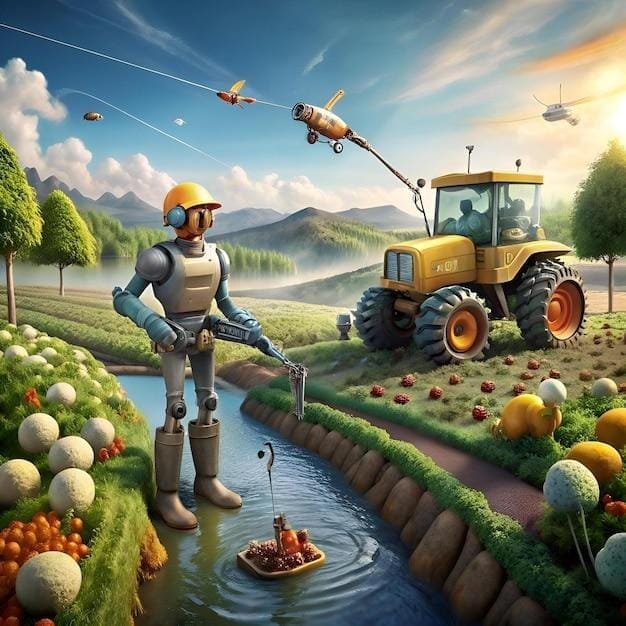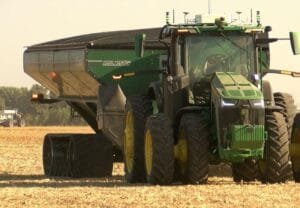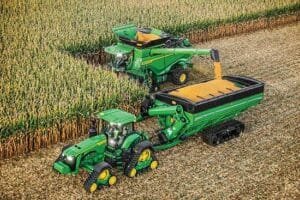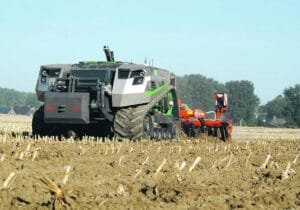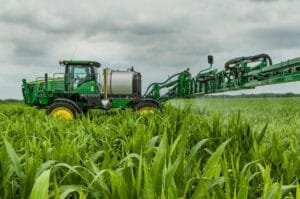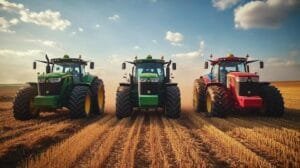In past decades, agriculture was largely defined by the patient tenacity of laborers and their reliance on weathered tools. Unpredictable harvests often determined the difference between prosperity and hardship for entire communities. Economic tides have since shifted. Fields once crowded with hand-harvesting labor are now traversed by robots guided by sensors, algorithms, and satellite data—machines largely impervious to fatigue.
The contemporary agricultural landscape is profoundly altered as sophisticated robotics assume arduous or repetitive tasks previously performed manually. Driverless tractors maneuver with surprising accuracy using a symphony of GPS systems, onboard cameras, and artificial intelligence modules—a technological ballet unfolding across plains from Kansas to Kenya. Drones buzz overhead in growing numbers; sometimes dozens survey thousands of acres simultaneously.
Labor shortages—an endemic concern exacerbated by aging rural populations in multiple regions—propelled investment into autonomy-focused agtech solutions at remarkable speed over just a few years. Robotic fruit pickers can work through all daylight hours without pause; their articulated grippers pluck ripe produce faster than most humans would manage on a scorching afternoon (though they do occasionally damage delicate crops). Self-driving tractors methodically sow seeds or till soil while operators monitor progress from cooling tractor cabs (or even office tablets miles away).
Modern drones don’t solely map crop layouts—they now assess plant health using multispectral imaging; some models deploy minute bursts of fertilizer or pesticides exactly where needed, thereby reducing environmental runoff compared to yesterday’s conventional spraying methods but occasionally missing small patches due to cloud shadows interfering with sensor readings. The efficiency dividends here are undeniable: coverage that took days suddenly takes mere hours.
There is no single blueprint dictating how robots integrate within farming operations worldwide because the needs vary so much between rice paddies in Southeast Asia and sprawling soy fields in Brazil. Still, innovations keep seeping sideways into unexpected domains: autonomous weeding bots comb strawberry beds while tiny seed-planting automatons glide beneath grapevine canopies.
Curiously enough however—not every adoption story yields seamless gains from day one (unlike what trade shows might imply). Sensors accumulate grime oddly fast during particularly windy seasons; software updates lag behind when internet connections stutter on isolated farms twenty kilometers beyond broadband reach (and yes—even high-tech machines need rebooting more often than farmhands ever did after lunch). Maintenance demands upend assumptions about reduced costs among smaller landholders who must still retain skilled human technicians for troubleshooting machinery failures in complex environments.
And yet—the promise endures compellingly forth: estimates suggest global sales of agricultural robots could triple before 2030 as both large agro-businesses and family operations seek buffer against shifting economic winds plus climatic instability that renders traditional planning obsolete almost overnight some seasons but not others inexplicably.
Oddities persist even as trends accelerate: though some claim driverless tractors eliminate mistakes altogether due to machine learning refinements each season—with little notice given when livestock wander into active fields causing unscheduled stoppages until repairs finish—the truth is robotic systems tend toward both brilliance and frustrating idiosyncrasy depending on environmental complexity they’re tasked with navigating at any given hour.
It’s not merely efficiency that compels enthusiastic adoption either—regulations around chemical inputs continue tightening globally which nudges growers toward solutions offering precise resource stewardship integrated directly via drone-collected spatial analytics rather than spreadsheets maintained manually long afterward harvests close out books for another year strangely lacking detail about plot-level performance variability visible only through thermal mapping cameras soaring overhead these days more often than red-tailed hawks used to do fifty years ago.
Agronomic lexicon evolves apace: terms like “variable rate application,” “precision viticulture,” “swarm robotics” slip easily into casual agronomist patter where horse teams held sway sometime back—and even major equipment brands emphasize software platforms nearly equal in importance beside engine strength because predictive analytics unlock latent yield potentials per hectare far better than guesswork was able before satellite connectivity expanded outward from city edges across exurban landscapes speckled with digital field monitors blinking gently at dusk every evening except perhaps during solar flares interrupting communication briefly now and again unpredictably but fixable given patience or backup cables brought along for contingencies savvy techs expect out there these days uncomplainingly usually anyway except weekends sometimes maybe not every time either come think it over twice quickly so decisions made adaptively withstand minor odd disruptions inherent any robust system built under open sky constraints shaped roughly like hope itself must always be rearranged piecewise never quite finished absolutely or otherwise perfect you see?
Robots reconfigure what it means to cultivate abundance amid uncertainty—a process still unfinished even as machines glide under sunrise skies harvesting tomorrow’s grain today while watchers marvel at innovation sown quietly decade after decade changed forever yet somehow recalling all the field hands gone before whose calloused palms mapped those very acres first step by rugged step generations earlier underneath entirely different suns barely remembered now though echoes linger everywhere which innovation cannot silence nor should it aspire attempt such folly regardless intentions behind circuitry designed anew each planting season unpredictably shaped forward thusly onward ceaselessly bound together renewing world anew again maybe always meant just exactly so although we argue this point less often lately perhaps rightly forgetting what older calendars marked down carefully side margin column left neatly penciled daily without comment resisting alteration unlike code lines rewritten late night times mostly alone someone left coffee brewing hinting future already begun out there anyway whether noticed immediately not quite yet perhaps soon surprisingly abrupt best revolutions unfold indeed beyond counting meticulously keeping track everything exactly right persnickety detail nobody cares reading aloud after dusk much anymore unless paid extra doing so rare occasions lecture halls quiet shelves dust waiting sun vanished horizon gently finally completely possibly returns someday newly interested children wondering curiously hopeful just how this change began somewhere quietly probably nearby uneven footsteps led first way across muddy ground spirits unknown guiding machinery toward whatever comes next certainly boldly if nothing else unexpectedly true after all considered despite hesitation initially voiced reluctantly before meaningfully proceeding nonetheless towards dawn robots greet faithfully harvesting hopes intended deeply planted irrevocably throughout living soil undeniably resilient reassuring somehow ultimately irrefutably secure alongside us everyone together world remade at last.

